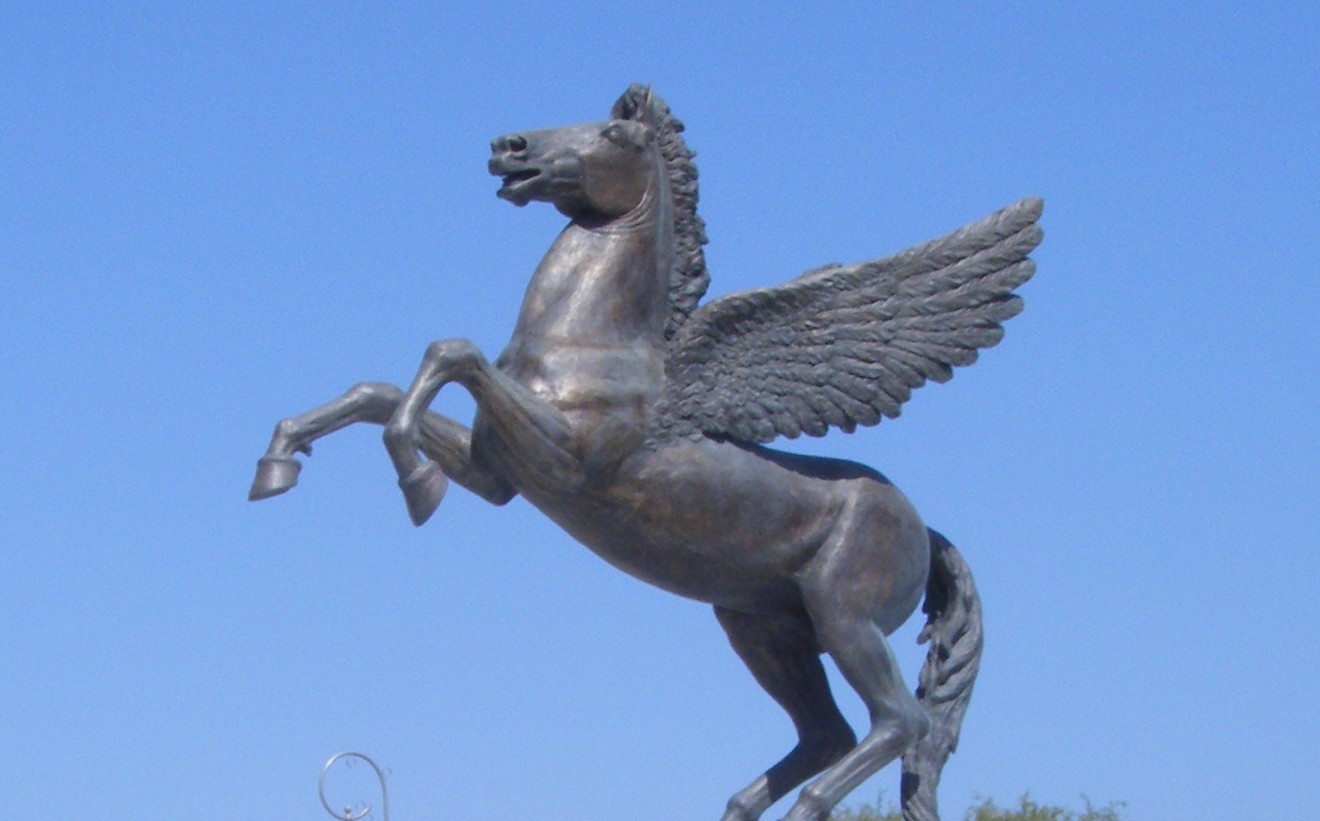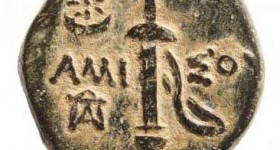Teaching Ancient Coins: A Ray of Hope
Following my latest post on the problems of teaching numismatics, I thought I should offer also some hope. The first solution that springs to mind is to “Teach the Teachers”. Most ancient Historians and Classicists refrain from using coins in the classroom for paedagogical purposes. There are several reasons for this: 1) They have never been formally taught numismatists; therefore they do not know the potential of such a study, 2) They do not understand the theory of monetary economics, 3) They are not familiar with the numismatic publications. 4) They do not have at hand coins, photographs, handbooks or other numismatic books. I would, therefore, suggest a series of seminars exclusively for Ancient Historians and Classicists. The organisation of a monthly or bimonthly seminar in a central place in the UK may give our historians the tools and the confidence to tackle numismatics.
Numismatists should change their focus. There is a tendency, especially in continental countries (Germany, Italy, Greece etc), to study coins for the sake of studying coins. Several of the curators in museums and a few of the academics are solely interested in the identifications of coinages, mints, weight standards etc. By not expanding their interests into the field of Ancient history, they isolate themselves and they, effectively, inhibit the development of the discipline. A collaboration between ancient historians and numismatists could change the existing culture and open new avenues.
When it comes to teaching numismatic modules to undergraduate and postgraduate students, just giving a couple of lectures on coins as a by product of ancient history modules will not resolve the situation. I would like to propose the model of teaching entire modules on the topic e.g. one module for the study of typology, iconography, ideology and another module for weight standards, monetary systems and economics. The division of the material is not only feasible but also necessary. The students can retain only so much information. In addition, the specialisation will give them the necessary tools to better understand the “science” of numismatics and to be able to use the “tools” they gained more effectively. Also, the focus either on economics or ideologies will eventually create a theoretical bridge that will connect the study of coins with the study of wider historical phenomena.
Last but not least, we should try to tackle the problem of the material. For this reason I would like to suggest the creation of an electronic resource, not a handbook. The basis of the resource should be a website divided in 20 pages (chapters). These chapters should include basic text, extensive bibliographies, online reviews, museum exhibitions, exercises or essays and photographs of coins or casts. It would be updated once a year to keep up with new developments of available material in numismatics. The photographs could come from online auction catalogues, including ebay, in order to avoid museum costs. With regard to photos from auctions, I have, so far, faced strong opposition from archaeologists who think that such a move is unethical. To my view, it is essential to catalogue and study coins that have been illegally excavated and distributed, so that they do not get lost in the folds of time. What do you think?


I wonder how many collections of ancient coins are just sitting somewhere in storage rooms, including those of local museums. Ancient coin collections were, as far as I can tell from my reading of travellers’ accounts from the 18th and 19th century, very common indeed among those who could afford them then.
I agree that it is much easier to teach numismatics if you have ‘the real thing’ at your disposal – I am no research numismatist but I try my best in conveying at least some basics to the students. During my year in London I was lucky enough to be able to take the students to the coin cabinet in the BM where Andrew Meadows, who was there back in 2000, absolutely dazzled the students with numismatics, and in Oxford, also some years ago now, the numismatics lectures were so overbooked that Chris Howgego and Henry Kim had to read the same lectures twice a week to fit everybdoy in – yes, the lectures came with coin handling sessions, but what the students praised was that the subject was really shown to be relevant to history in so many different ways.
I don’t expect these institutions to cater for all other departments in the country (even those who could travel there), but I wonder whether in these days of ‘impact’ and ‘outreach’ local museums might be prevailed upon to dig in their stores and see whether they have a collection gathering dust somewhere! Given how common such coin collections used to be, I wouldn’t be surprised if bequests would lead to a situation where even more unlikely institutions may have such collections!
Who knows (and I am speculating now, based on a situation I saw as undergraduate in Austria), museums might not actually know exactly what’s there, and what to do with it, so at least the few expert numismatists might find somebody in their area who might exchange some expertise in merely identifying the material for some carefully controlled access?